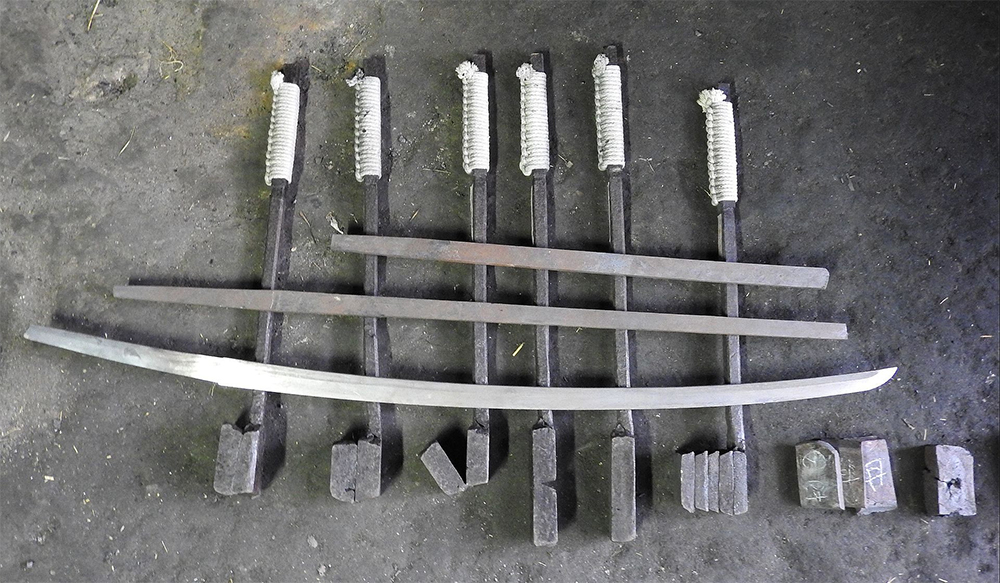Double-edged katana


Double-Edged Katana: An Analysis of Tradition and Innovation
In the world of swords, the katana is renowned for its iconic curved, single-edged blade. However, unique double-edged versions also capture the attention of sword enthusiasts and collectors. This article will delve into the characteristics of the double-edged katana and compare it to the classic single-edged version.
The Essence of the Traditional Single-Edged Katana
The classic katana was the ultimate weapon designed for the Japanese samurai, with its single-edged design at its core. Through a unique differential heat treatment process, swordsmiths could create a blade with both a hardened edge and a flexible spine. This not only ensured the sharpness of the blade but also effectively absorbed impact, preventing it from breaking in battle, which is a key reason for the katana's enduring legacy and high regard.
The Characteristics and Challenges of the Double-Edged Katana
A double-edged katana, as the name suggests, has two sharp edges. While in certain specific situations, such as close-quarters combat, a double-edged design might offer some tactical advantages, it also comes with significant challenges and disadvantages:
Manufacturing Process Limitations: Double-edged katanas generally cannot undergo the same differential heat treatment as single-edged swords. This means they cannot simultaneously have a hard edge and a flexible spine, often failing to achieve an optimal balance of strength and toughness.
Difficulty in Maintenance: Both edges require careful maintenance to prevent rust and corrosion. In contrast, the maintenance of a single-edged sword is much simpler.
Rarity and Practicality: Double-edged katanas are not common, and most martial arts practitioners and collectors still consider the traditional single-edged katana to be superior in terms of aesthetics, historical significance, and practicality.
Conclusion
While the double-edged katana is an interesting design, its challenges in manufacturing, maintenance, and practicality mean it cannot replace the status of the traditional single-edged katana. For enthusiasts who seek ultimate performance, deep historical significance, and reliability, the classic single-edged katana remains the undisputed first choice.

Leave a Comment